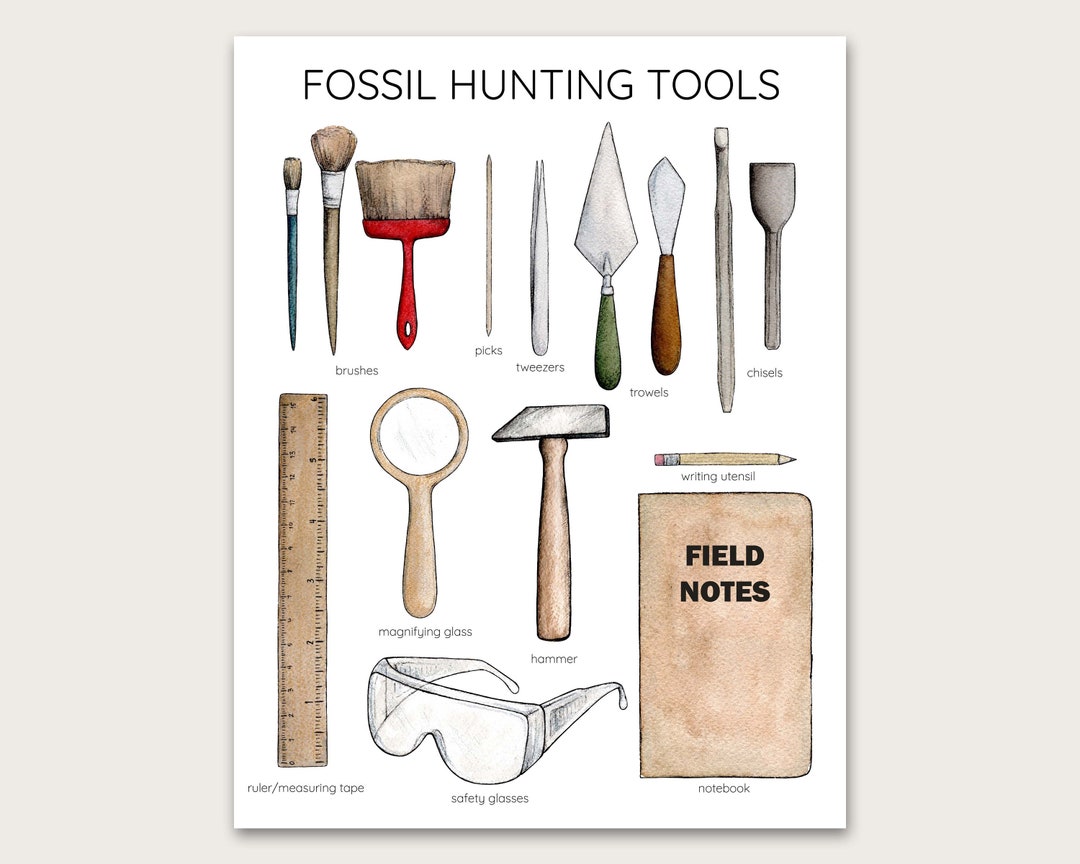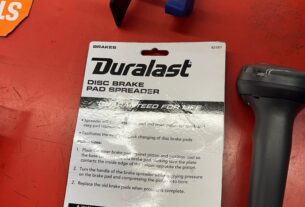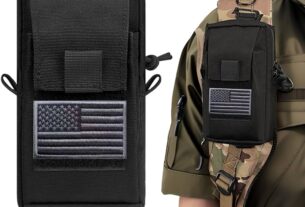Fossil hunting is an exciting and fascinating activity that requires careful attention to detail, patience, and the right tools. If you’re new to fossil hunting, you might be wondering what equipment you need to get started. In this article, we’ll explore the essential tools that fossil hunters use and how they use them.
H2: Hammer and Chisel
One of the most crucial tools in a fossil hunter’s arsenal is a hammer and chisel. These tools are used to break up rock layers and extract fossils from them without damaging them. A good hammer should have a pointed end for precise hits, while a chisel should have a flat edge for prying open rocks.
When using a hammer and chisel, it’s important to wear eye protection and gloves to avoid injury. It’s also essential to be gentle when handling fossils as they can easily break or crumble.
H2: Brush
A brush is another essential tool for fossil hunters. After extracting a fossil from its rock layer, it needs to be cleaned carefully to reveal its details fully. Brushes come in different shapes and sizes, but the most commonly used brushes are soft-bristled paintbrushes.
It’s important to use a brush gently to avoid damaging the fossil. The brush should be used in conjunction with water, which helps remove dirt and dust from the fossil’s surface.
H2: Trowel
A trowel is another critical tool for fossil hunters. It’s used for digging up rocks and soil around the area where fossils are found. A trowel has a pointed end that helps loosen soil around rocks without damaging them.
When using a trowel, it’s important to be patient and gentle. Digging too quickly or aggressively can damage fossils or cause them to shift out of place.
H2: Geological Pick
A geological pick is a heavy-duty tool used to break up rock layers that are too hard for a hammer and chisel. It’s also used to extract fossils from harder rocks. Geological picks have a pointed end for precision hits and a flat end for prying open rocks.
When using a geological pick, it’s essential to wear eye protection and gloves as the tool can be heavy and difficult to handle.
H2: Magnifying Glass
A magnifying glass is an essential tool for examining fossils in detail. It helps reveal small details that might not be visible with the naked eye. Fossil hunters use magnifying glasses of different strengths depending on the size and complexity of the fossil they’re examining.
Magnifying glasses should be handled gently when used around fossils as they can easily scratch or damage them.
H2: GPS
A GPS device is an essential tool for fossil hunters who want to document their findings accurately. It’s used to mark the location where fossils are found so that they can be revisited later. Some GPS devices also allow you to take photos and notes about the fossil’s location, size, and condition.
When using a GPS device, it’s important to ensure that it’s working correctly before setting out on a hunt. It’s also crucial to take notes about each fossil found, including its location, size, and any other relevant information.
H2: Storage Containers
After finding a fossil, it needs to be stored safely and securely until it can be examined further. Fossil hunters use storage containers of different sizes depending on the size of the fossil they’ve found. Small fossils can be stored in plastic bags or small containers while larger fossils need more substantial containers like wooden crates.
It’s important to label each container carefully with information about its contents, including where it was found and what type of fossil it is.
Conclusion:
Fossil hunting requires patience, attention to detail, and the right tools. Hammer and chisels, brushes, trowels, geological picks, magnifying glasses, GPS devices, and storage containers are all essential tools in a fossil hunter’s arsenal. It’s important to use these tools carefully and gently to avoid damaging fossils or causing them to shift out of place.
References:
https://en.wikipedia.org/wiki/Fossil_hunting
https://www.nationalgeographic.com/science/prehistoric-world/fossil-hunting-tools/
https://www.fossilera.com/pages/fossil-hunting-tools




